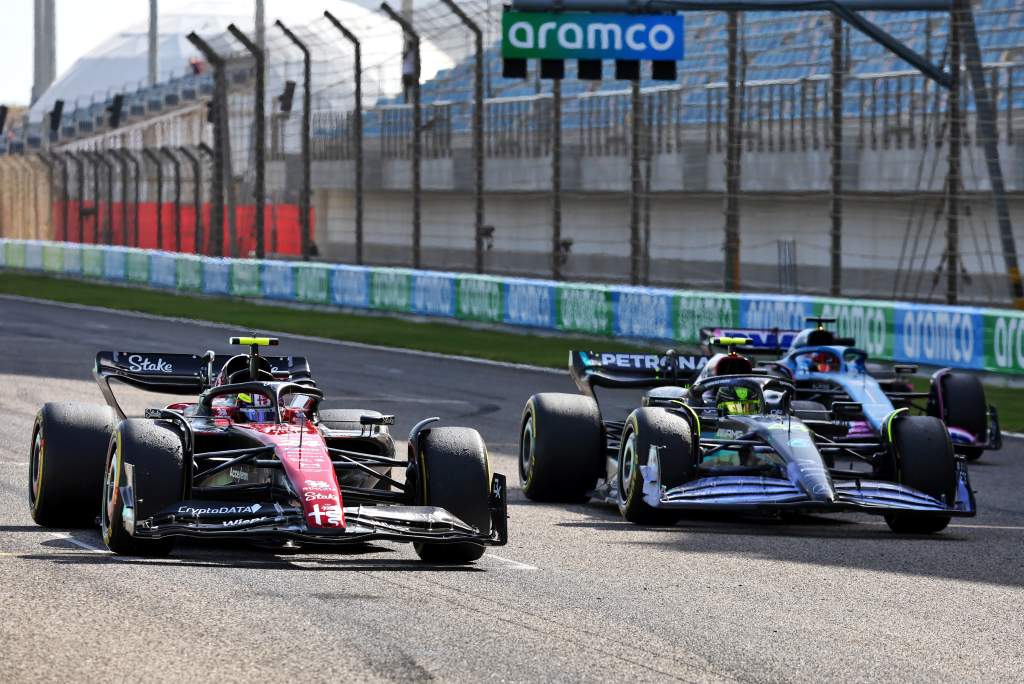Up Next

A clear favourite and a team that looks like it might really burst out of the midfield are the headline takeaways from three days of Formula 1 pre-season testing in Bahrain.
Inevitably, we don’t have all the answers we’d like, but just like the teams we have learned an awful lot from our time camped at the Sakhir circuit.
From pecking order hints to unpicking some of the less representative runnings, here are 10 of our journalists’ takeaways from testing.
The best has got better
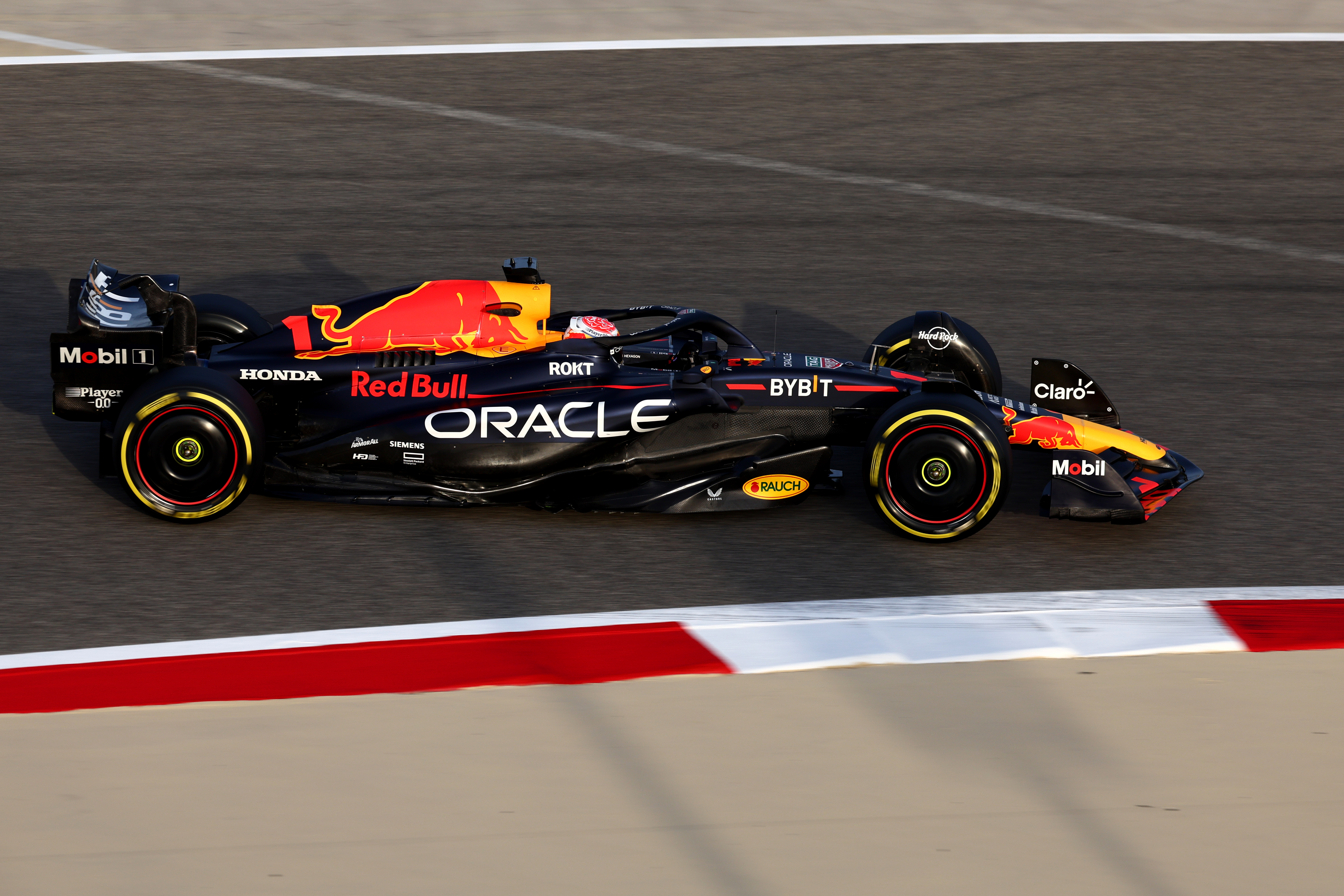
Red Bull had the best pre-season test possible, in that it was an incredibly boring one in terms of generating storylines. The car was quickest on short and long-run pace, looked nailed to the track and racked up a handy amount of mileage.
It also failed to create headlines when the previously hidden Red Bull RB19 finally broke cover on the opening morning of testing, given it was very much an evolution of last year’s all-conquering RB18 rather than revealing any eye-catching new ideas.
Red Bull has ruthlessly improved every aspect of the car, including the weight, to create a machine that builds on the phenomenal success of last year.
Its pace advantage over Ferrari didn’t look massive, but it was enough – doubly so on the long runs when it appeared to have the edge on tyre management.
All of this adds up to confirmation that Red Bull and Max Verstappen are every bit the pre-season favourites they were expected to be. – Edd Straw
Ferrari confidence belies headline times
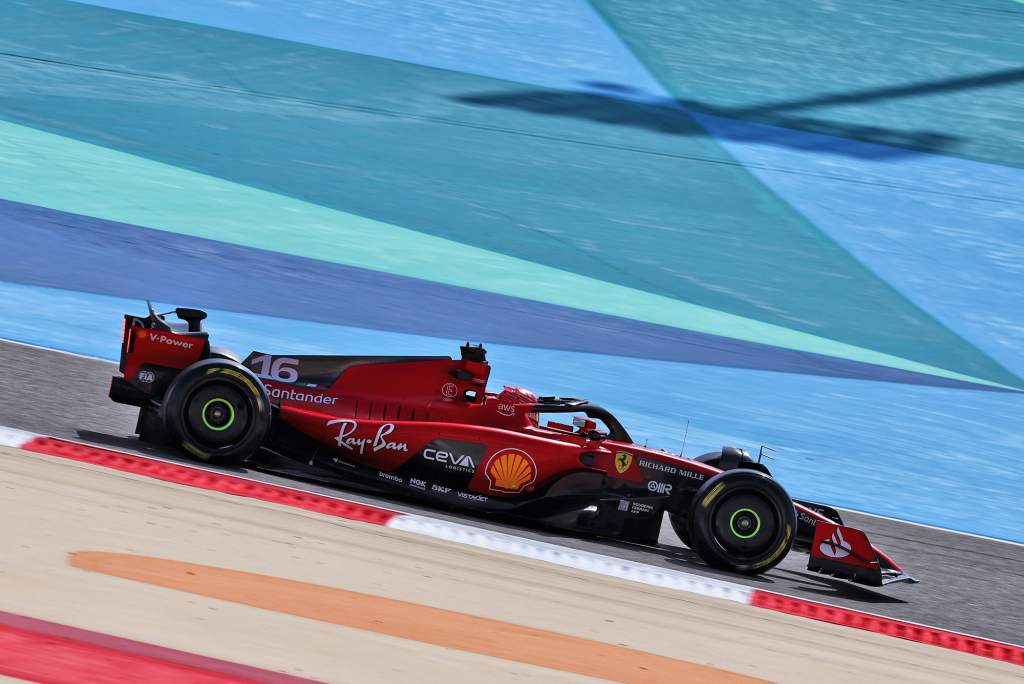
Ferrari did little on-track to set the Bahrain paddock alight but it remained quietly confident in its car at the end of testing.
Some low-fuel laps earlier in the final day when the track was slower seemed to put Ferrari within two tenths of a second of Red Bull but its long run pace was less impressive.
Ferrari feels that this was a very productive test, with a lot of work done exploring the car’s set-up window and validating reliability. Some experiments didn’t work (which is when the car looked least encouraging) but in the right window, Ferrari feels the car has the performance it needs.
There are no dramatically different car traits although Charles Leclerc said it is a bit better on the straights and a bit harder in corners – a trade-off Ferrari has made to try to combat Red Bull’s straightline speed advantage from last year.
Unsurprisingly, Ferrari will probably be Red Bull’s closest rival. How close, though, is unclear. – Scott Mitchell-Malm
A midfield escapee?

Aston Martin is refusing to get carried away with its pre-season test, but the fact is everyone believes this team could be clear of the midfield and rivalling Mercedes.
In Fernando Alonso’s hands, the Aston Martin looked every bit as quick as Mercedes over a single lap but even better over a race simulation. In fact, better tyre degradation made it look like at least a match for Ferrari.
Alonso’s soft C4 lap wasn’t good but on the C3 he all but equalled Lewis Hamilton’s best and factoring in the C3-to-C4 one-second delta he would have been with or ahead of Hamilton on times.
From day one to the end of day three the AMR23 looked competitive on track in all conditions and all compounds. Fuel loads and engine modes could be clouding this picture dramatically but there is a lot of evidence to suggest it’s real. – Scott Mitchell-Malm and Mark Hughes
Mercedes: Inconclusively adrift
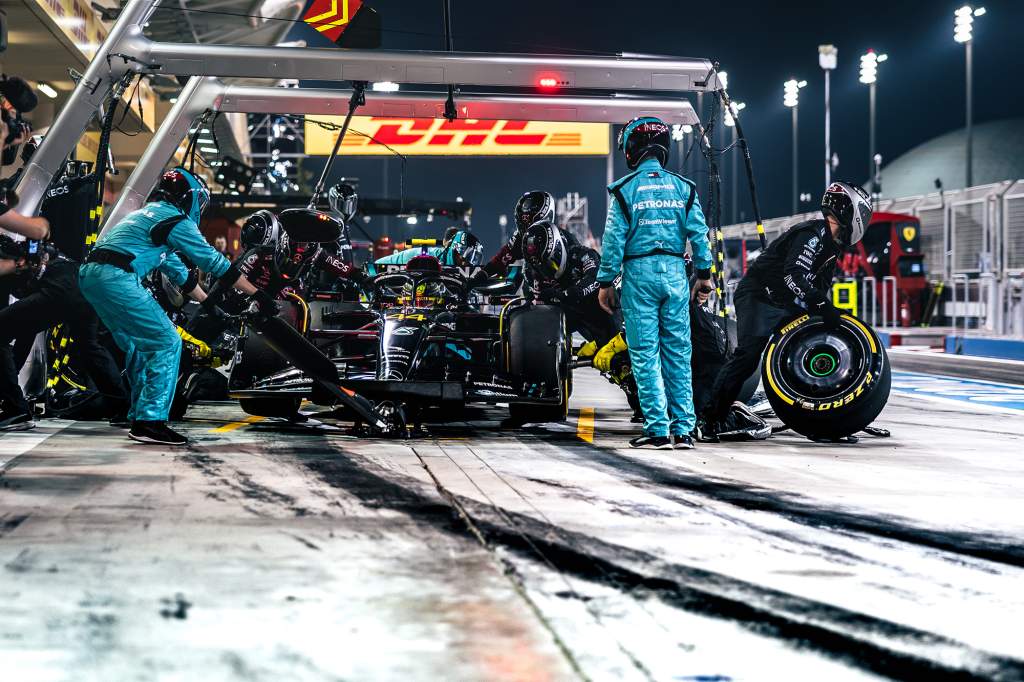
Mercedes had a strange three days in Bahrain. It started solidly on Thursday, was all at sea on Friday, then turned things around on the final day to settle down into its somewhat ambiguous place in the pecking order.
The Mercedes doesn’t look like a Red Bull-beater, or at least not yet, but its grasp on third place is also in question. Though the progress made on the final day was significant, it was also inconclusive.
That means Mercedes, perhaps more than most, has reason to rue having only three days of pre-season running. But as trackside engineering director Andrew Shovlin said, the team now has “a much more coherent picture of where we need to focus our efforts” with a decent car balance now achieved. Potentially, part of that was thanks to re-optimisation around the modified 2023 Pirelli tyres.
The car did look better from trackside on the final day, with Hamilton able to lean on it during the performance runs but still with some hints of a struggle for traction at times.
And the car at least doesn’t have a porpoising problem. – Scott Mitchell-Malm and Mark Hughes
Lost performance has been recaptured

The expectation for the new floor height rule was that it would knock car performance back by around half a second. If that did happen then the car performance has already been recaptured and probably bested.
Seven of the 10 teams have already lapped faster in testing than they did in qualifying in Bahrain last year. Those that didn’t were Ferrari (holding back performance), Alpine (definitely holding back performance) and McLaren (holding back performance, but in a bit of bother too).
So, can we expect the times to tumble this year? Not necessarily. Several teams obviously ended 2022 with vastly faster cars than they began it with.
The most relevant pace gain is relative to the final race of 2022 rather than the first. But if we can read anything into this sub-section of the testing data it is that the likes of Aston Martin and AlphaTauri look in a lot better shape to start this season. – Scott Mitchell-Malm
Alpine’s pace is better than it looks
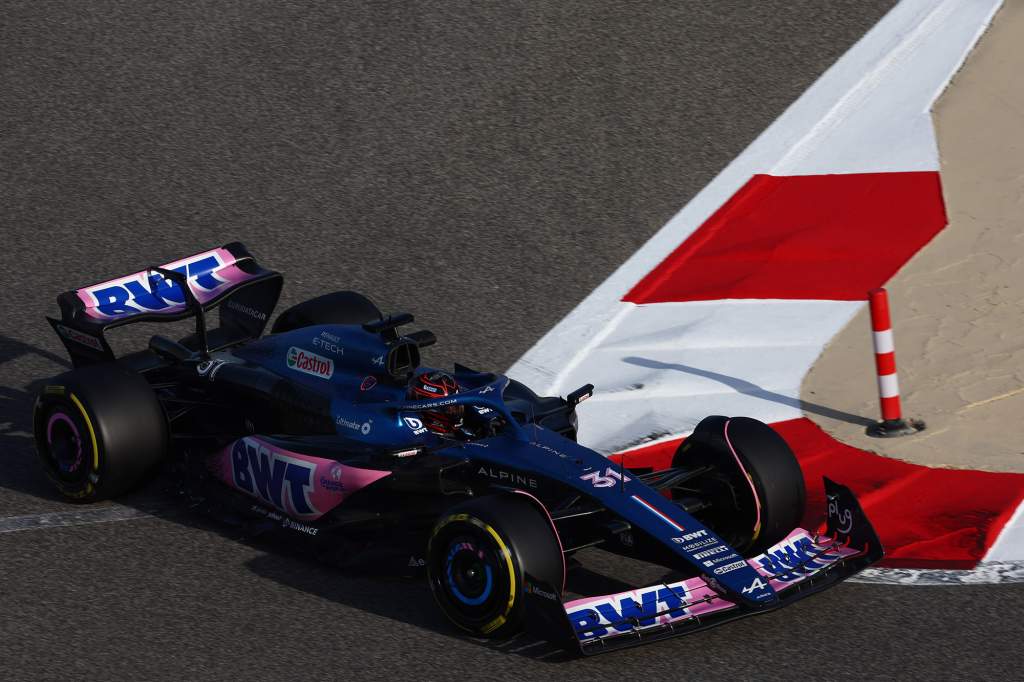
Things didn’t look good for Alpine on paper. Slowest of the 10 teams, 2.457s off the pace, the only team to go slower than in last year’s Bahrain test and with the second-least number of laps logged, you might assume it’s regressed dramatically
But team principal Otmar Szafnauer is “quietly confident”, in common with the rest of the team, given the test went far better than those numbers suggested.
On long-run pace, the Alpine looked far stronger and of the traditional midfield group only slower than Aston Martin. The two teams couldn’t have taken a more contrasting approach to the test so it would be a surprise to see them too far apart come next weekend.
There’s an upgrade planned for next weekend as well, one that technical director Matt Harman indicated would be something visible – even though he wouldn’t reveal any further detail. And both Esteban Ocon and Pierre Gasly were upbeat and spoke positively about the feel of the car.
Despite a few problems, some of them ascribed to set-up changes taking longer than expected thanks to a lack of familiarity with the new car – in particular the redesigned pushrod rear suspension – it was a positive test for ‘les bleus’. – Edd Straw
The midfield dark horse
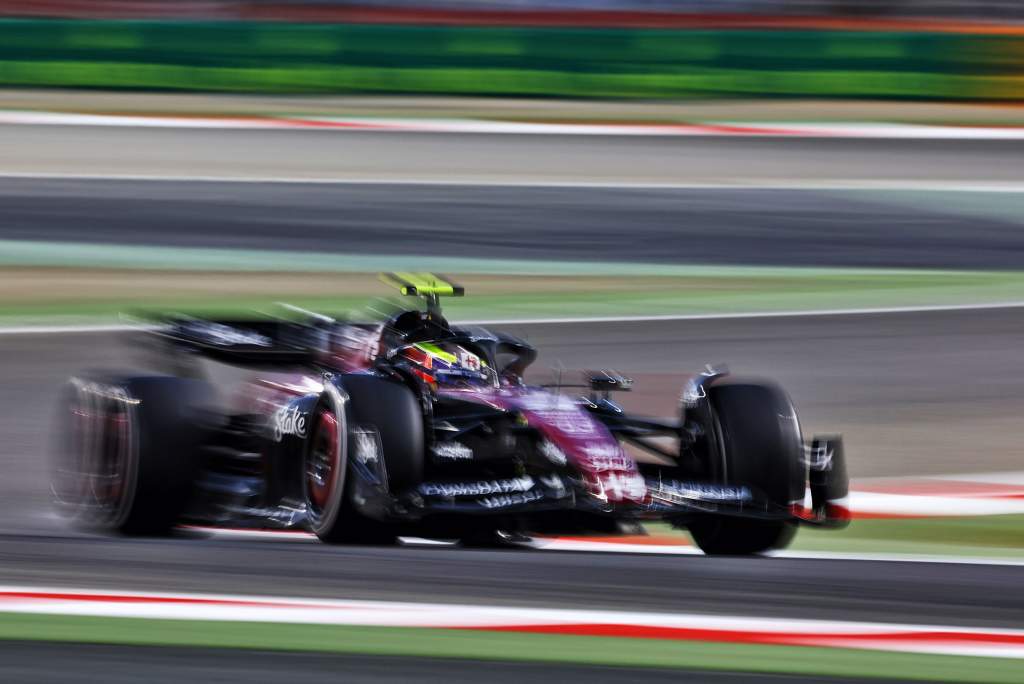
Third place on the overall timesheets flattered Alfa Romeo, but not by as much as you might assume. Given the team played a diminishing role in the upper-midfield as last season progressed it wasn’t hotly-tipped to start the season strongly, but testing went well.
While there was a Ferrari power unit-related problem that led to Valtteri Bottas stopping on track on the final day, the C43 logged 402 laps over the three days, which Bottas described as “plenty”.
But what really caught the eye about the Alfa Romeo was that it looked impressive on track. Not stunningly fast, but brisk with a good, consistent balance that allowed the drivers to attack. Watching trackside on the final day, it looked like a joy to drive and a car that gave real confidence.
“There’s no big limitations,” said Bottas when The Race asked him to comment on our trackside impressions. ”This track is always a compromise with the balance, but there’s nothing fundamentally wrong with the car.
“We managed to get the set-up quite nice in these three days and it’s really nice to drive. It’s a good starting point and on the whole day I had one little lock-up.”
The fast-corner instability troubles of last year have clearly been improved, and both Bottas and Zhou Guanyu confirmed that was the case, meaning Alfa Romeo heads into the Bahrain GP weekend as the midfield dark horse. – Edd Straw
McLaren might be on back foot for weeks
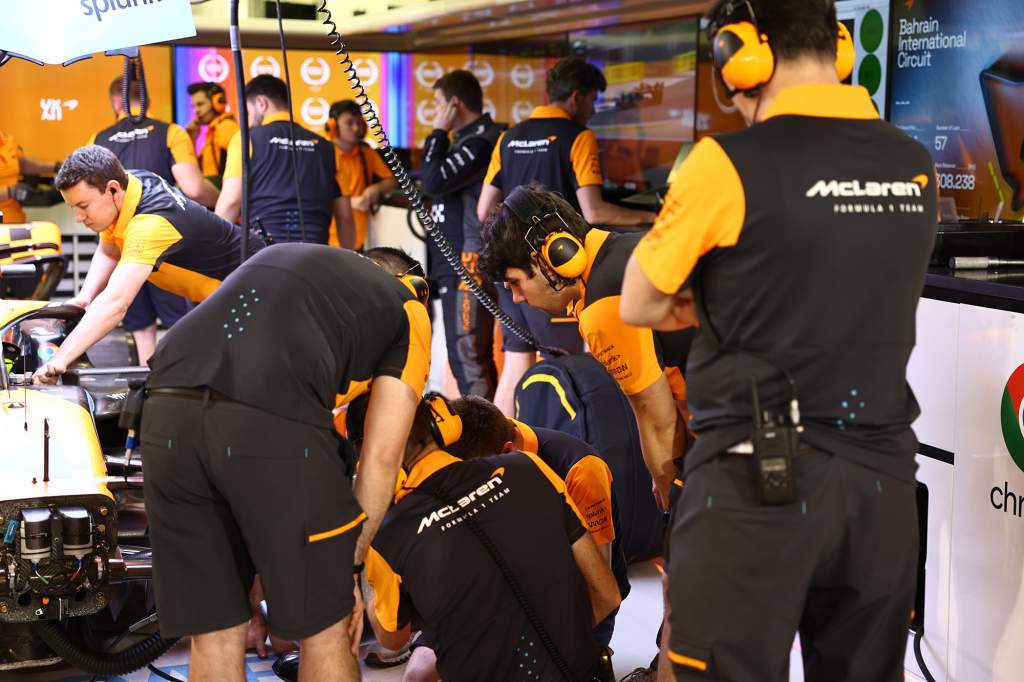
This has not been a good test for McLaren, with a sense of deja vu from 12 months ago – limited running from a curious reliability problem and a car that looks troubled.
Running repairs to the wheel brows cost it mileage on the final day. This followed some time lost on Thursday to bodywork reinforcement as well.
So, the car is lacking track time relative to rivals and it continues to look vexing when it’s running. Oscar Piastri’s big spin early on the final day was a dramatic example of that but it did not exactly look like a midfield beater in Lando Norris’s hands either.
As we discovered in the middle of the test, unfortunately McLaren’s limitations are inherently linked to the launch specification of car that missed some of its development targets. And there’s no update to fix that for a few more weeks.
It feels like McLaren is, once again, starting the season on the back foot – although the silver lining is it’s in better shape than a year ago. – Scott Mitchell-Malm
Porpoising shouldn’t be misunderstood
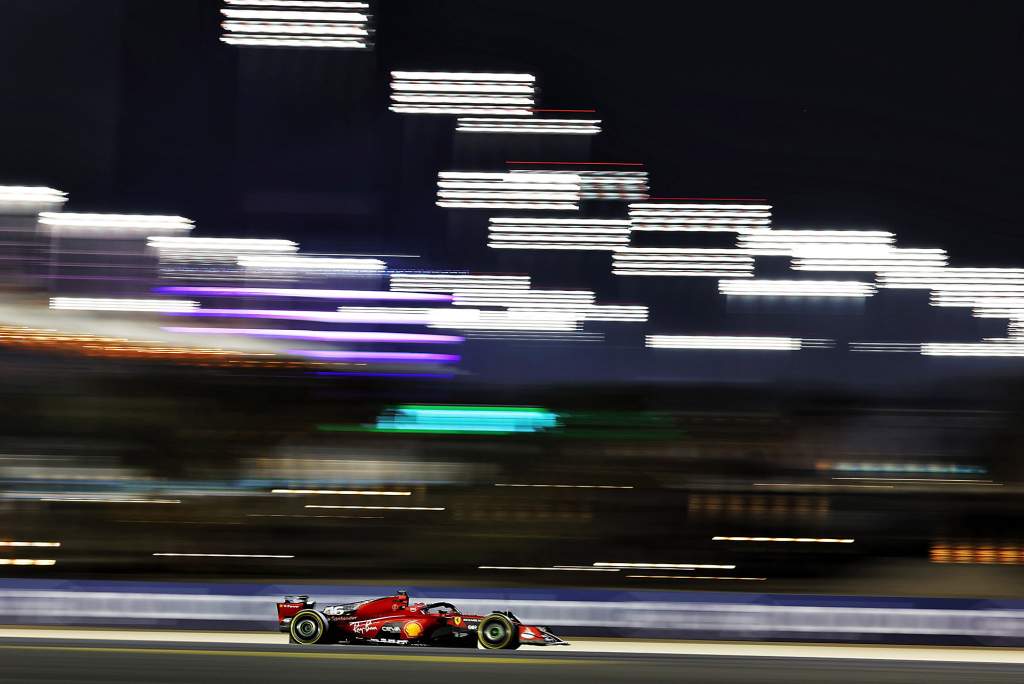
Throughout the test, drivers have said porpoising has not been a problem. Yet those watching the coverage have been puzzled by this given the clear visual evidence that cars were, at times, porpoising.
The key phrase here is ‘at times’. The laws of physics are unchanged so the porpoising phenomenon will not truly disappear while ground effect cars of this type are in existence. One of the tasks for teams during testing was to ensure they understood at what point porpoising was triggered so they could establish how best to run the car in terms of set-up. That meant that, occasionally, cars did porpoise.
When saying porpoising is not a problem, it simply means that as far as the teams and drivers are concerned, it is nothing like the limitation it was last year. You can trigger it, but only if you stray too close to the limit of what’s possible. And that’s a limit that will change with track configuration, hence the need to fully understand when it might kick in.
But it’s nothing like the situation last year when some had to run their cars well outside of the intended parameters in order to contain the problem. – Edd Straw
It’s like Hulkenberg never left
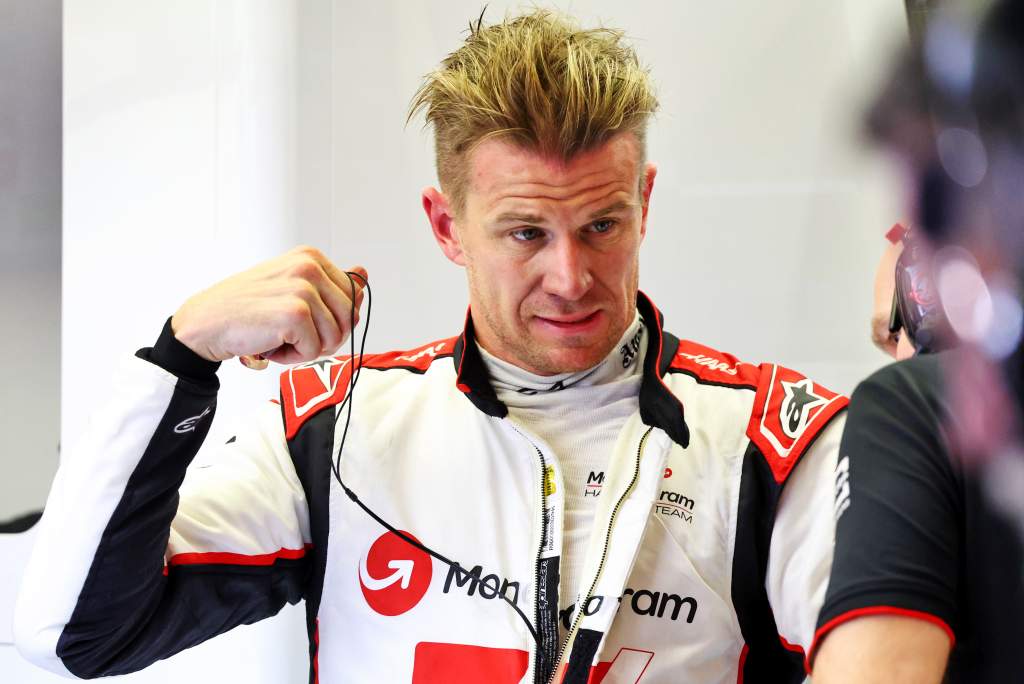
Haas team boss Guenther Steiner made an interesting observation during testing: he said it was like Nico Hulkenberg has been with Haas for a full season already.
It was interesting because Steiner doesn’t usually hand out compliments for free and he felt compelled to really stress it.
But we’d go one further. It’s like Hulkenberg never left F1 at all, despite three full seasons away.
The experienced German has slotted in very well at Haas and he looks fit and up to speed after a winter of preparation. On-track, he seems sharp. Off-track, he is impressing his new team.
Hulkenberg also looks relaxed, in a good way. The time off has shifted his perspective a little but motivated him to return.
As he says, he’s still in the honeymoon period and the relationship is yet to be stress-tested. But it’s still been a good start for a driver some seem to think wasn’t worth replacing Mick Schumacher for. – Scott Mitchell-Malm


